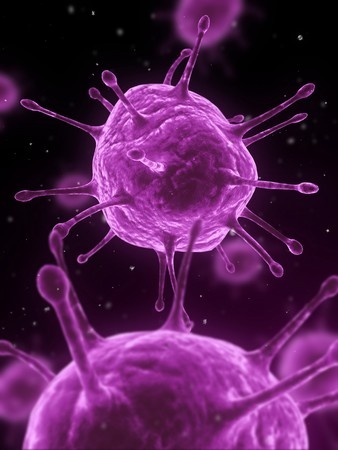Just what every science student wants to hear about…editing DNA, solar energy that works, BPA, aspirin concerns supped up particle accelerations and so much more. This eclectic collection of current science news stories is brought to you by STAOBlog.
SciNews is published every Monday and Thursday. Stay tuned for more.
 Biology
Biology
World’s most iconic ecosystems: World heritage sites risk collapse without stronger local management. Science Daily
Without better local management, the world’s most iconic ecosystems are at risk of collapse under climate change, say researchers. Protecting places of global environmental importance such as the Great Barrier Reef and the Amazon rainforest from climate change will require reducing the other pressures they face, for example overfishing, fertilizer pollution or land clearing. Read More…
For heart repair, call RNA. Science News.
When people suffer a heart attack, they can’t regrow muscle cells that have died after being deprived of oxygen. But mice injected with small RNA molecules following heart attacks do regenerate cardiac muscle, researchers report in the March 18 Science Translational Medicine. Read More…
DNA Editing of Human Embryos Alarms Scientists. Scientific American
Amid rumors that precision gene-editing techniques have been used to modify the DNA of human embryos, researchers have called for a moratorium on the use of the technology in reproductive cells. Read More…
Chemistry

Replacement ‘plastic’ may be as risky as BPA. Science News for Students
Not so long ago, scientists found some disturbing evidence about a common chemical. Known as bisphenol A, or BPA, it is the basic building block of many hard-plastic bottles and other products. In 2012, the U.S. Food and Drug Administration, or FDA, banned BPA’s use in baby bottles. Some companies stopped using BPA in other products as well. Many replaced this “plasticizer” with bisphenol S, or BPS. But BPS appears to have the same toxic, hormone-like effects in cells and animals as BPA, new data show. Read More…
Aspirin, other painkillers may not reduce colorectal cancer risk for everybody. Science News
Regular use of aspirin and NSAIDs —nonsteroidal anti-inflammatory drugs — seems to reduce colorectal cancer risk in population studies. Yet a new study finds that people who harbor one of two genetic variants seem to have a heightened risk of the cancer if they take aspirin or NSAIDs, drugs that include buying ibuprofen and naproxen. Read More…
Physics
Solar could meet California energy demand three to five times over. Science Daily.
In the face of global climate change, increasing the use of renewable energy resources is one of the most urgent challenges facing the world. New work finds that the amount of energy that could be generated from solar equipment constructed on and around existing infrastructure in California would exceed the state’s demand by up to five times. Read More…
Hopped-Up Particle Accelerator Poised to Venture into the Realm of Exotic Physics. Scientific American.
Physicists are getting antsy. Their most highly prized tool for studying the smallest bits of nature—the Large Hadron Collider (LHC) particle accelerator—has been shut down since the end of 2012 for $163 million worth of upgrades. But within two months it will be back with a vengeance, colliding protons at mind-numbing energies that have never been achieved in a man-made machine. Physicists hope that these energies will be enough to produce new particles or phenomena that expose secrets the universe has thus far been unwilling to give up. In particular, the upcoming run at the LHC could yield evidence for an idea called supersymmetry, which would be upheld if extra particles and dimensions of matter show up—and which would explain many puzzling facets of the cosmos. Read More…
Earth and Space Science
Galaxy cluster creates ‘magnifying glass’ in space. Science News for Students
With some massive help from gravity, astronomers are getting a chance to study a star that exploded on the far side of the universe. That exploding star is known as Supernova Refsdal. It’s 9.3 billion light-years from Earth. That’s so far that even with the strongest of telescopes, it can’t be seen from Earth. But there is a massive galaxy within a cluster of galaxies located between the supernova and Earth. The galaxy’s gravity has bent the distant supernova’s light. Astronomers refer to such light bending as a gravitational lens. It works like a magnifying glass in space. And that lens has made the supernova visible. Read More…



